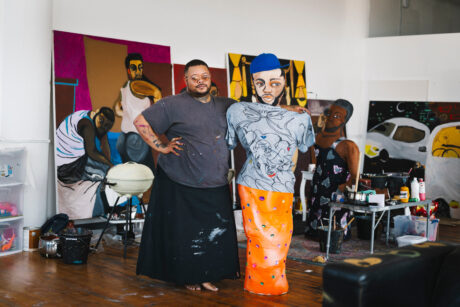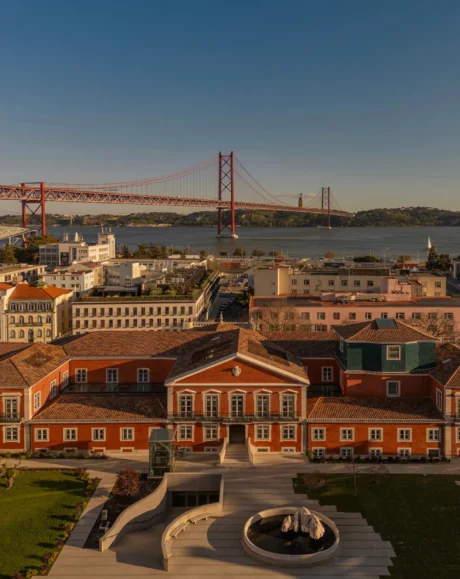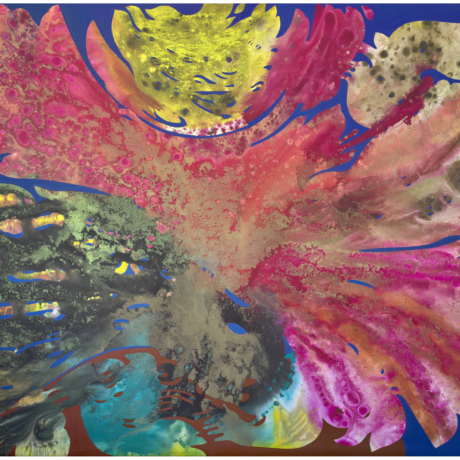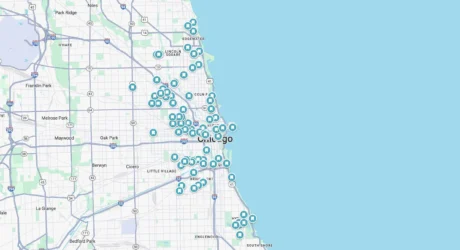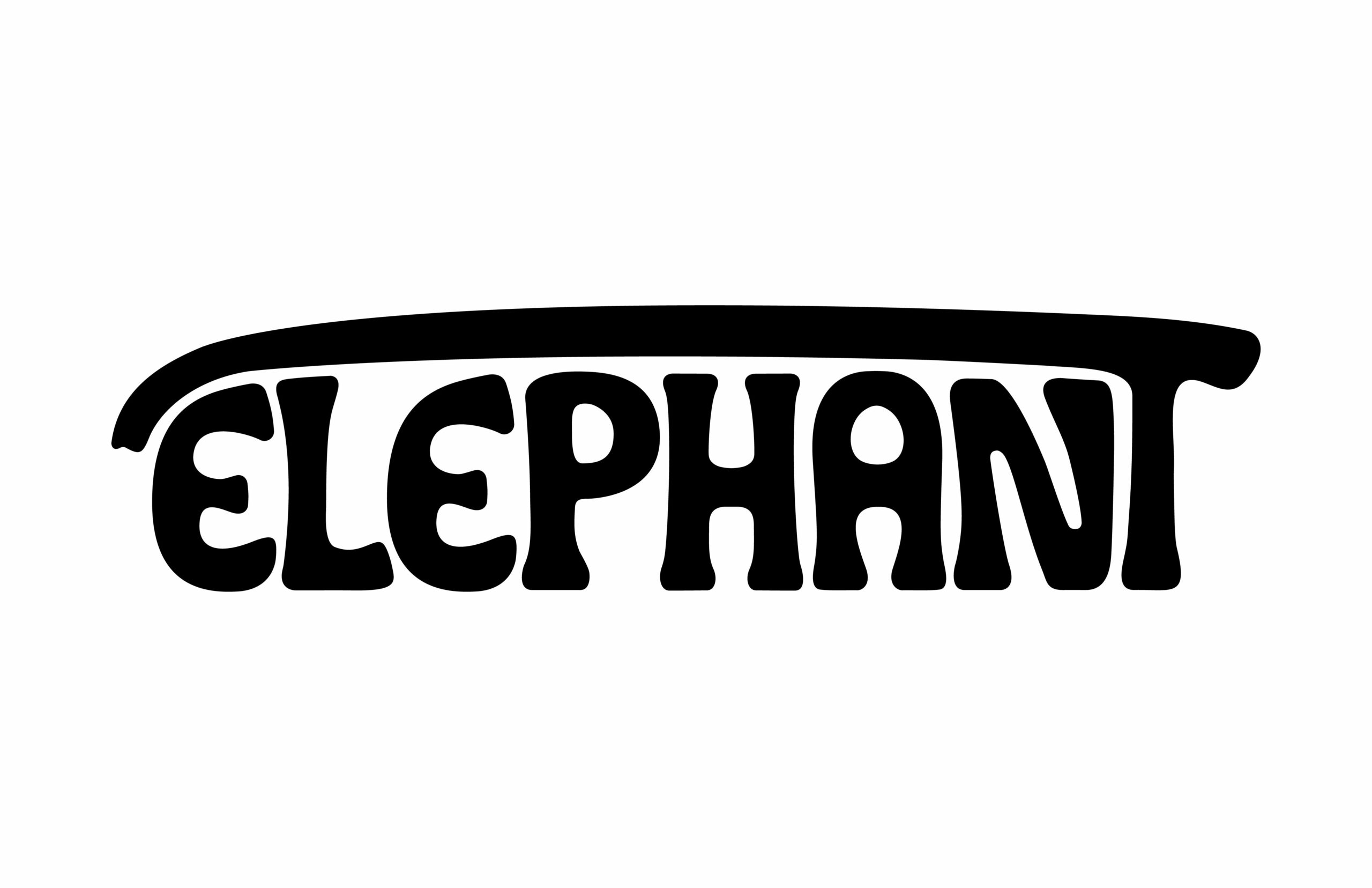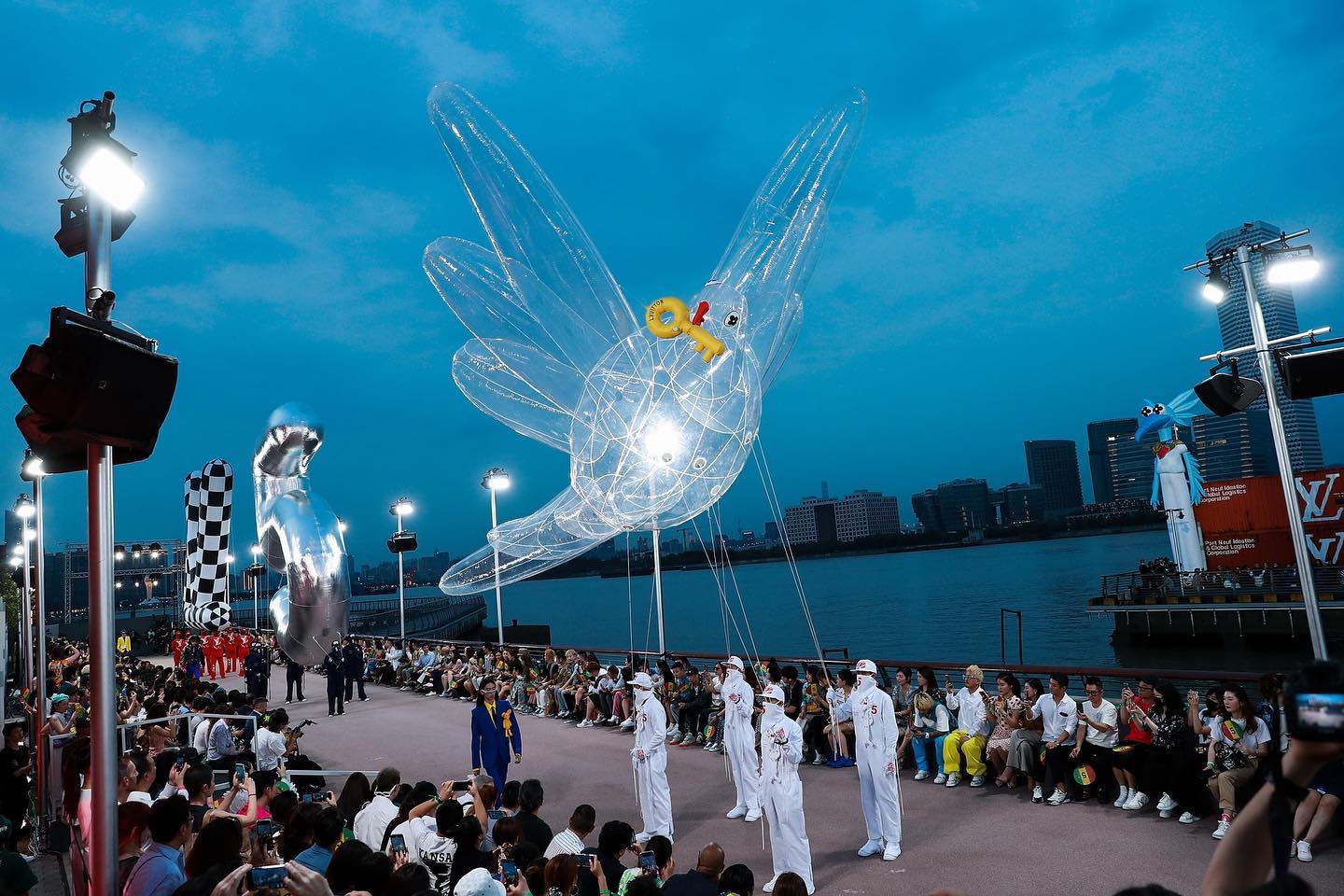
A studio that’s never followed the rules deserves a list that doesn’t either—here are PlayLab, Inc.’s ten most iconic moments… plus three more, because stopping felt wrong.
If you know, you know. That’s the secret behind PlayLab, Inc., the creative studio founded by Archie Lee Coates IV and Jeff Franklin, now entering its twenty-first year. From the start, PlayLab has operated less like a traditional agency and more like a living experiment, shapeshifting across disciplines in design, architecture, fashion, and public art. Even across different media, each design carries a distinct playfulness and conceptual depth, one that is recognisable, yet never reduced to spectacle.
“The intention is never to brand the studio,” said Franklin, “The intention is to just do the studio.”
Franklin and Coates met at nineteen years old, during their second year at Virginia Tech’s architecture school. “Our friendship was born out of humour and any reverence for how serious the profession was,” said Franklin, “but also out of pure desire to see what the future could look like in terms of how much we could stretch the limits of art and design without any particular goal.” This ethos—part exploration, part intention—has carried PlayLab through two decades of work, building a team of twelve employees and a new, expanded LA office.
In celebration of their twenty-first year, the team also created a new website, where they propose projects in seek of partnership. Looking to write a book on the history of the Macy’s Day Parade? Produce a one-set play? Craft a mysterious incense cone? Make sure to check it out.
The projects that follow aren’t just a greatest hits list; they’re glimpses into the studio’s shifting interests, unexpected collaborations, and experiments in building something fresh and evocative. Each design doesn’t just speak for itself, but starts conversations.
We tried to stop at ten, but putting limits on PlayLab’s work felt beside the point.
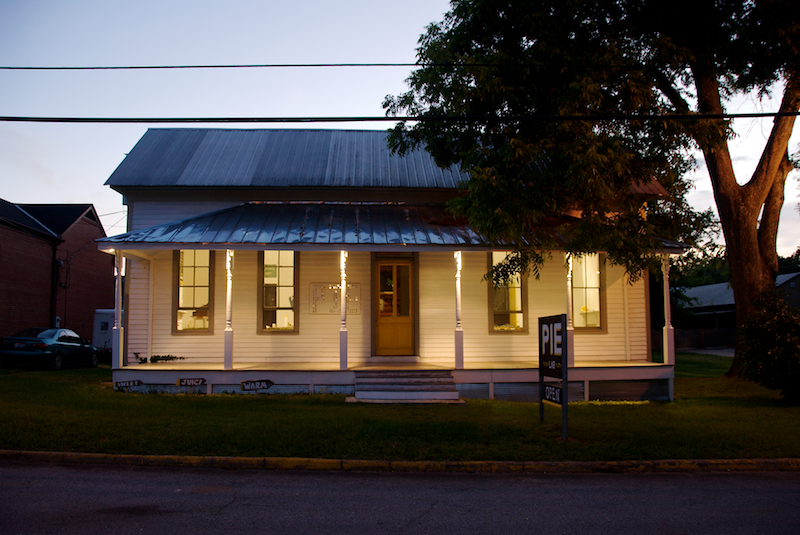

1. PieLab
One of PlayLab’s earliest breakout projects wasn’t an art exhibition or campaign design but a pie shop.
In 2009, the duo partnered with a local nonprofit in Greensboro, Alabama, which offered them a building and an idea: could a bakery serve as a catalyst for conversation, a means of bringing the Greensboro community together? The result was PieLab, a warm, communal space designed to help people connect over slices of homemade treats. “It wasn’t a perfect project by any means,” said Coates, “but there was great intention behind it.” PieLab quickly evolved from an experiment into a decades-long community fixture, and its success inspired Franklin and Coates to pursue PlayLab full-time as Founding Creative Directors.
It also marked a turning point for PlayLab, helping to crystallise the studio’s identity, not just as a place for design commissions, but as a platform for ideas. “We learned a lot,” said Coates. “ Design has this ability to connect you to people, as opposed to just a client asking you for something and you design it, you know?”
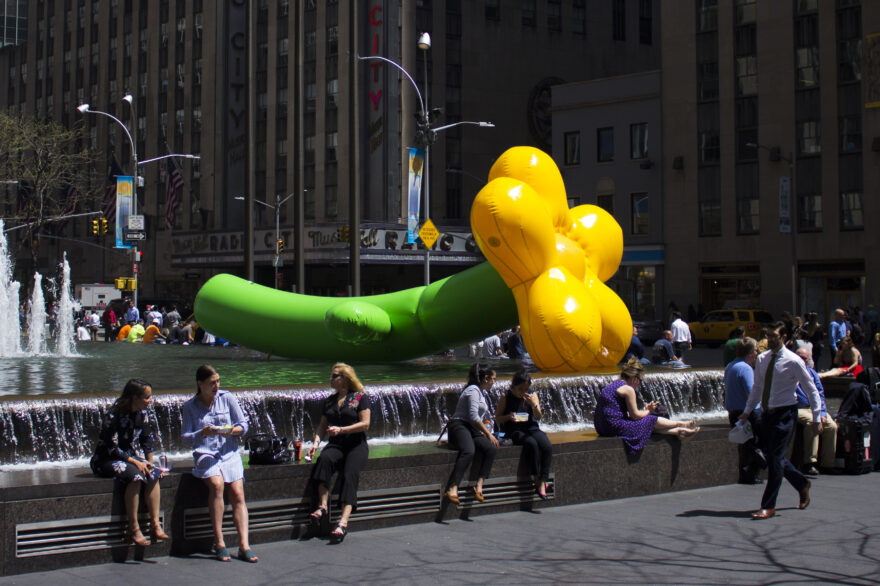
2. Grown Up Flowers
In May of 2018, six inflatable flowers as large as parade floats appeared on Sixth Avenue.
Hosted by the Avenue of Americas Association, Grown Up Flowers challenged city dwellers to imagine Manhattan as the island it once was: wild, overgrown, and blooming; a container where nature dominated. The larger-than-life flowers, no longer outsized by human development, finally had the chance to compete with the scale of their surroundings.

3. Louis Vuitton c/o Virgil Abloh: Heaven on Earth
For Louis Vuitton’s Fall/Winter 2020 campaign, Heaven on Earth, PlayLab partnered with the late Virgil Abloh to transform a runway into a blue-sky dreamscape. Oversized paintbrushes, scissors, and spools of thread speckled the stage, representing the work done behind the scenes and the pure creation in the atelier.
Abloh was known for his sense of optimism and a sky-high mind that fuelled his creative ideas—one that was also grounded in a sense of presence, inclusiveness, and kindness. When I spoke with Coates and Franklin, they recalled a moment with Abloh that summed up this mindset.
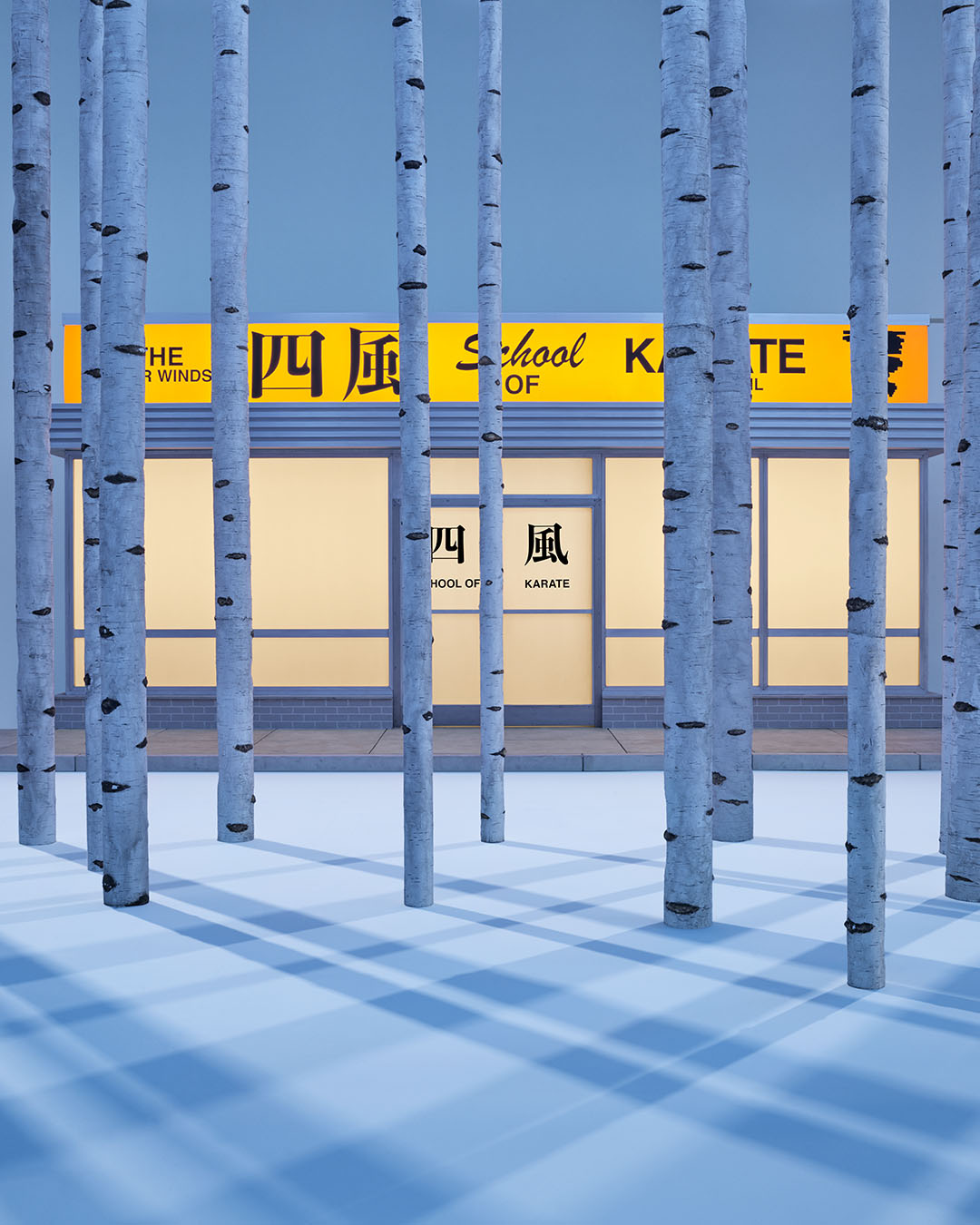
During a particularly stressful moment at the LV show, Coates and Franklin were feeling lost and desperate, pleading with Abloh’s assistant to get him on the phone. Once they were connected, they vented to Abloh, laying out all the issues they were dealing with and how overwhelmed they felt. “And [Virgil] just immediately calmed it down and said, ‘Hey, let’s just pause for a second and say, isn’t this so fun? Aren’t we so lucky to be able to do this right now?’ That was the kind of mentality that he had towards this. That he was making amazing things with amazing people… and enjoying doing it,” said Franklin.
4. Adidas’s EQT Track
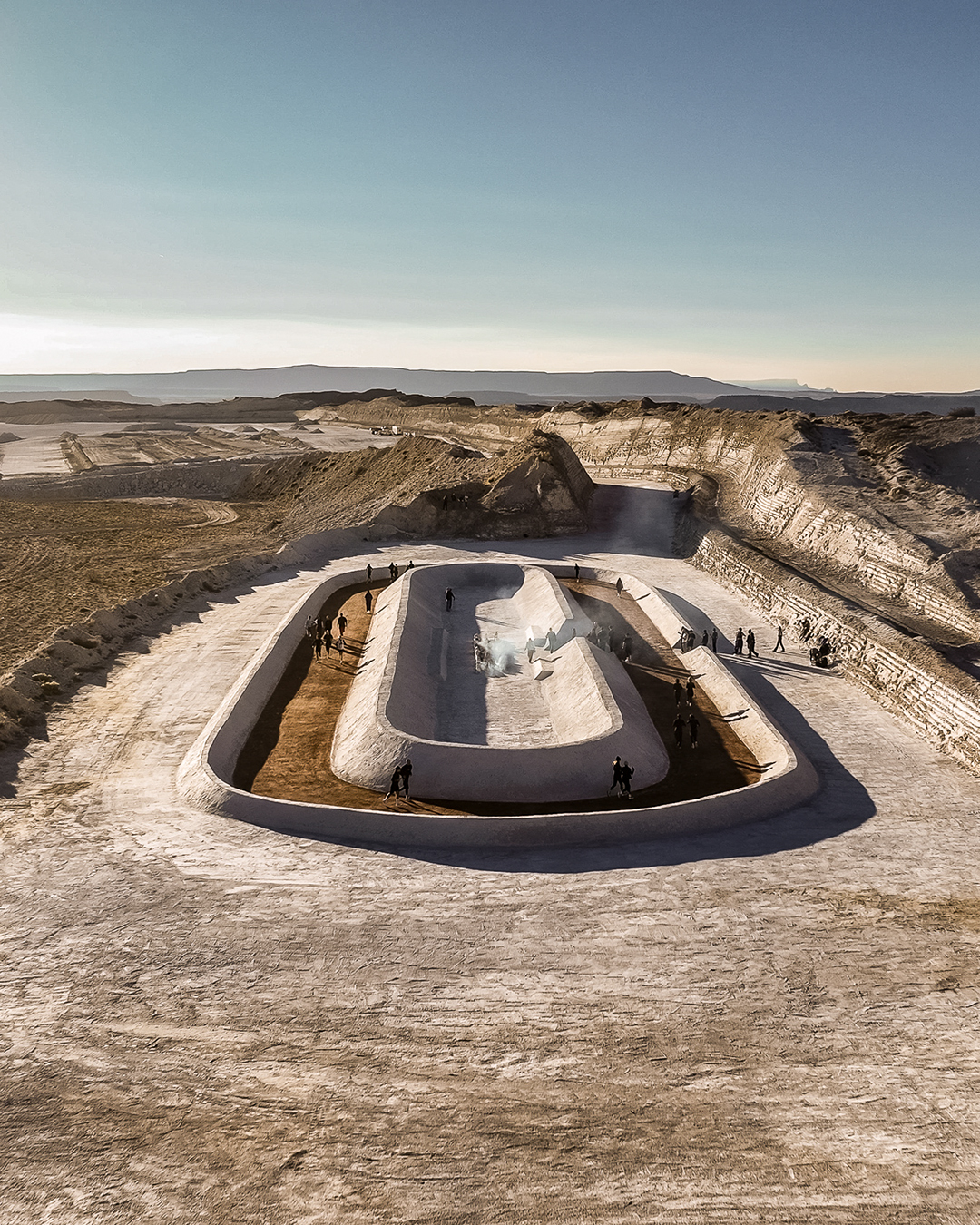
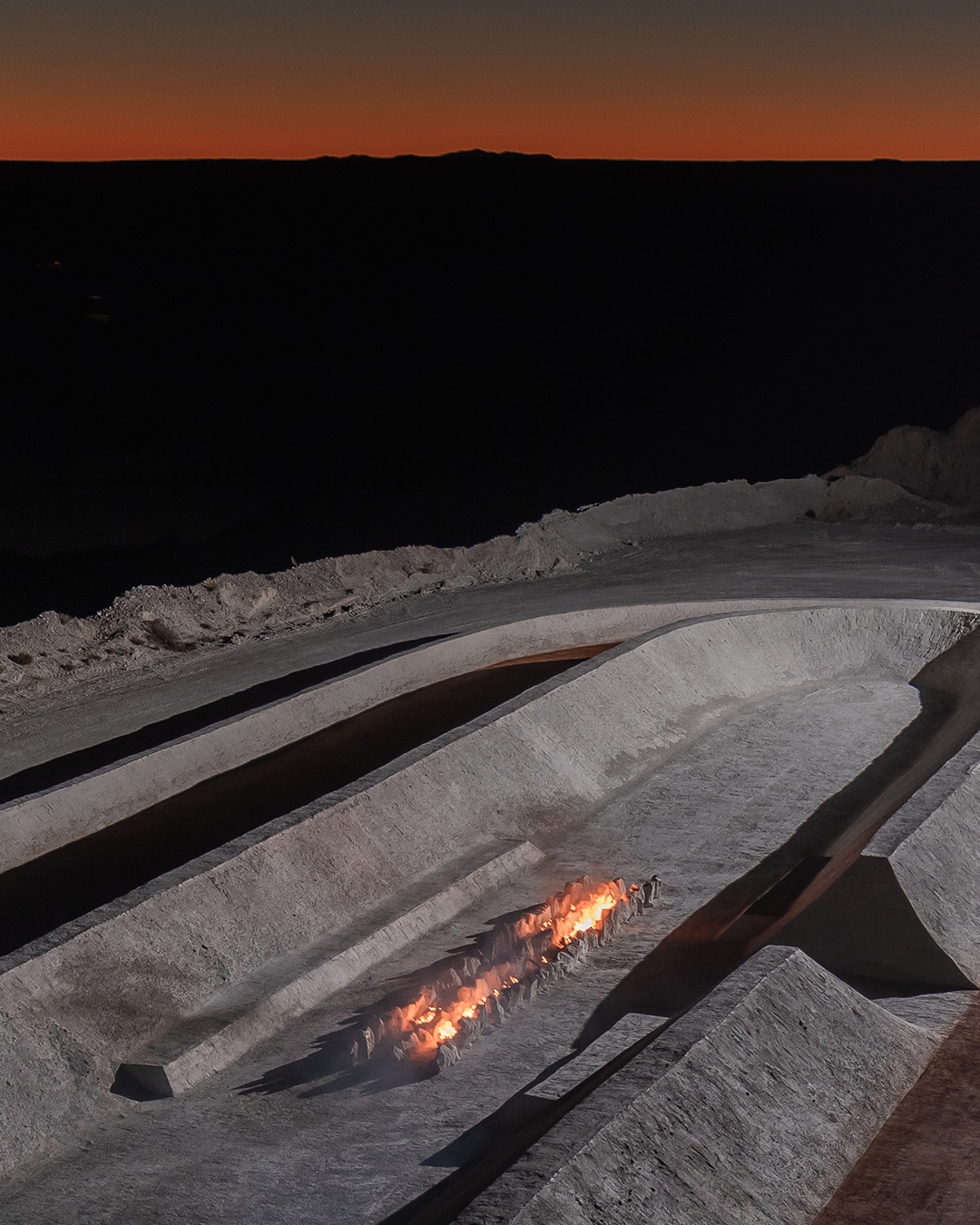
Adidas EQT sneakers are a favourite among seasoned runners as a no-frills shoe that celebrates minimalism; everything that is essential, and nothing that is not, as their tagline goes.
Set in the middle of the desert of Santa Fe, New Mexico, the adidas EQT installation unfolded as a meditative journey: part pilgrimage, part land art. This 200-metre track was inspired by the ritual motion of the Camino de Santiago and the stark solitude of Hannsjörg Voth’s Golden Spiral. PlayLab constructed every element—from the track walls to the benches and floor—using natural materials found on-site. The track was later repurposed as drywall and donated to communities across New Mexico.
5. Post Malone’s F-1 Trillion
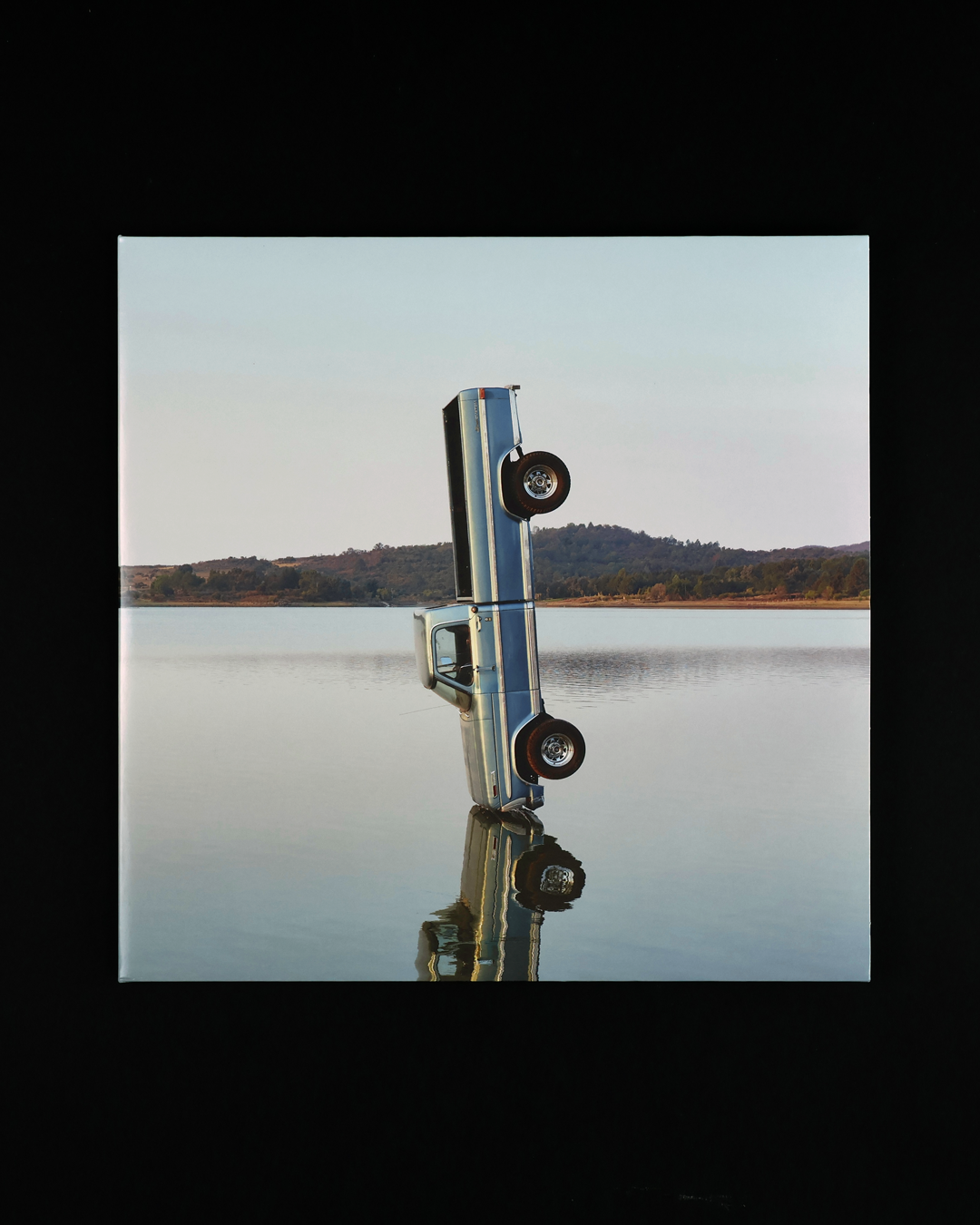
PlayLab began working with Post Malone when he brought them on as creative directors for Twelve Carat Toothache, overseeing everything from tour merch to album art. They’ve since gone on to creative direct Austin, Nirvana, and most recently, F-1 Trillion.
Post Malone’s sixth studio album marked his iconic entry into country music and features collaborations with Tim McGraw, Dolly Parton, and Morgan Wallen. F-1 Trillion was nominated for Best Recording Package at the 67th Annual Grammy Awards.
Artist Gozalo Lebrija shot the cover art. He suspended a vintage F-150 from a crane and captured the shot just before the truck crashed into water. “ We pitched that to Post and knew that he would understand the nuance of an F-150 being dropped into a lake, and how that would signify him entering country music from a poetic perspective,” Coates said.
6. Post Malone’s Chemical Video
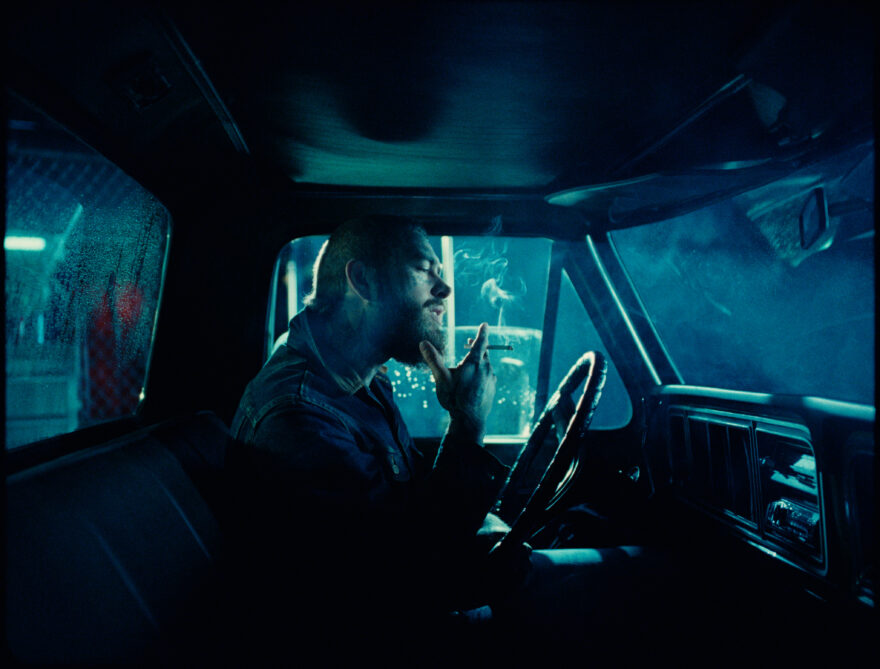
The F-150 truck became a kind of lore among Post’s fans. It first appeared on the Austin album cover—an easter egg hinting at the country album to come next—and later showed up in the music video for Chemical, directed by Alfred Marroquin. The song is a playful pause in an otherwise emotionally-charged album, and the music video mirrors this shift in tone, with Post dancing around a photo shoot set.
7. CLOG
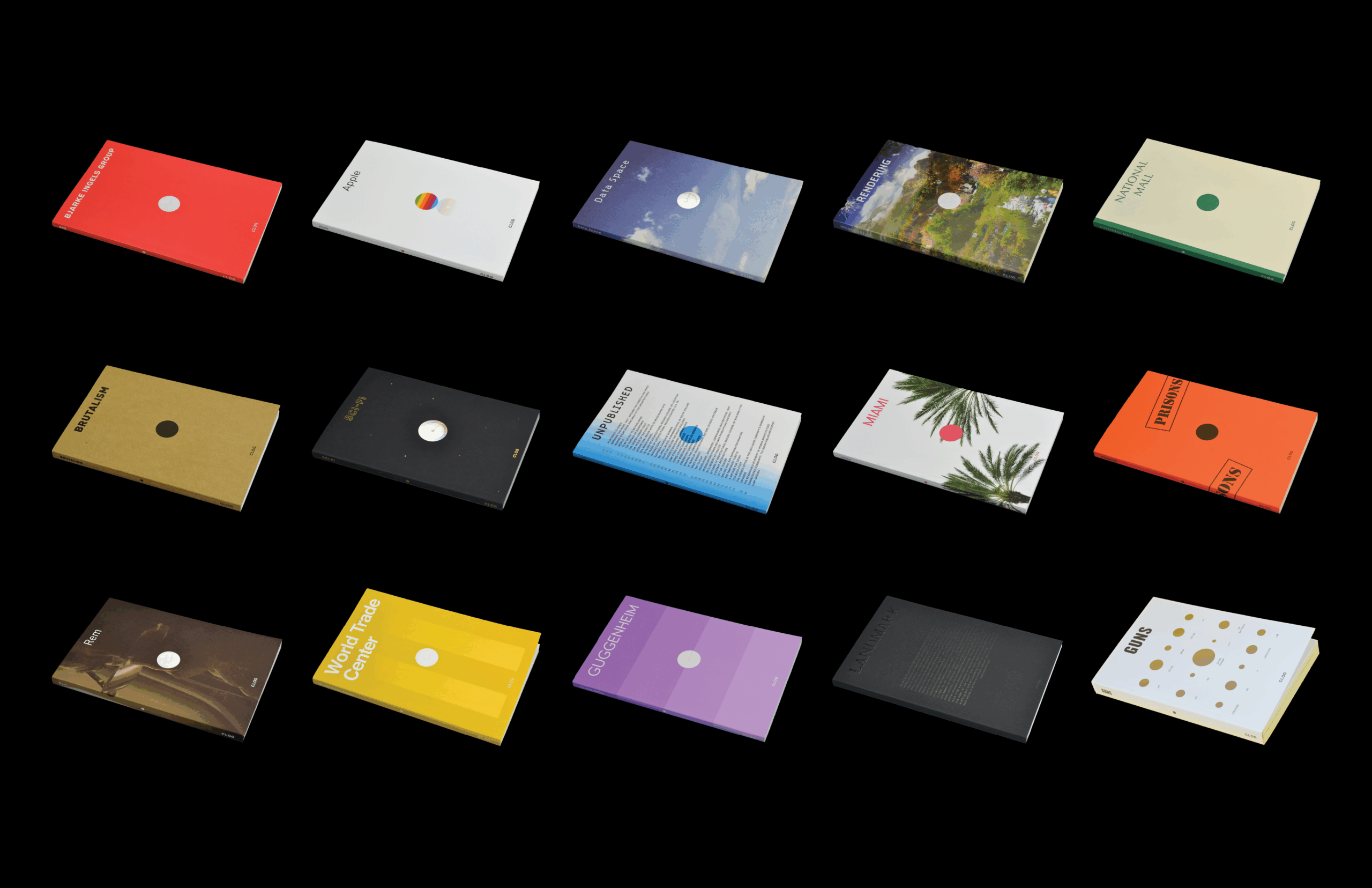
Cannabis. The World Trade Center. The Guggenheim. What do these topics have in common? Each forms part of the CLOG library.
Founded in 2011, CLOG is a quarterly architectural journal committed to cutting through misinformation and the noise of rapid-fire media. By slowing things down, CLOG creates space for deep engagement. Each issue holistically explores a certain topic and includes as many perspectives as possible. CLOG books are only available in print.
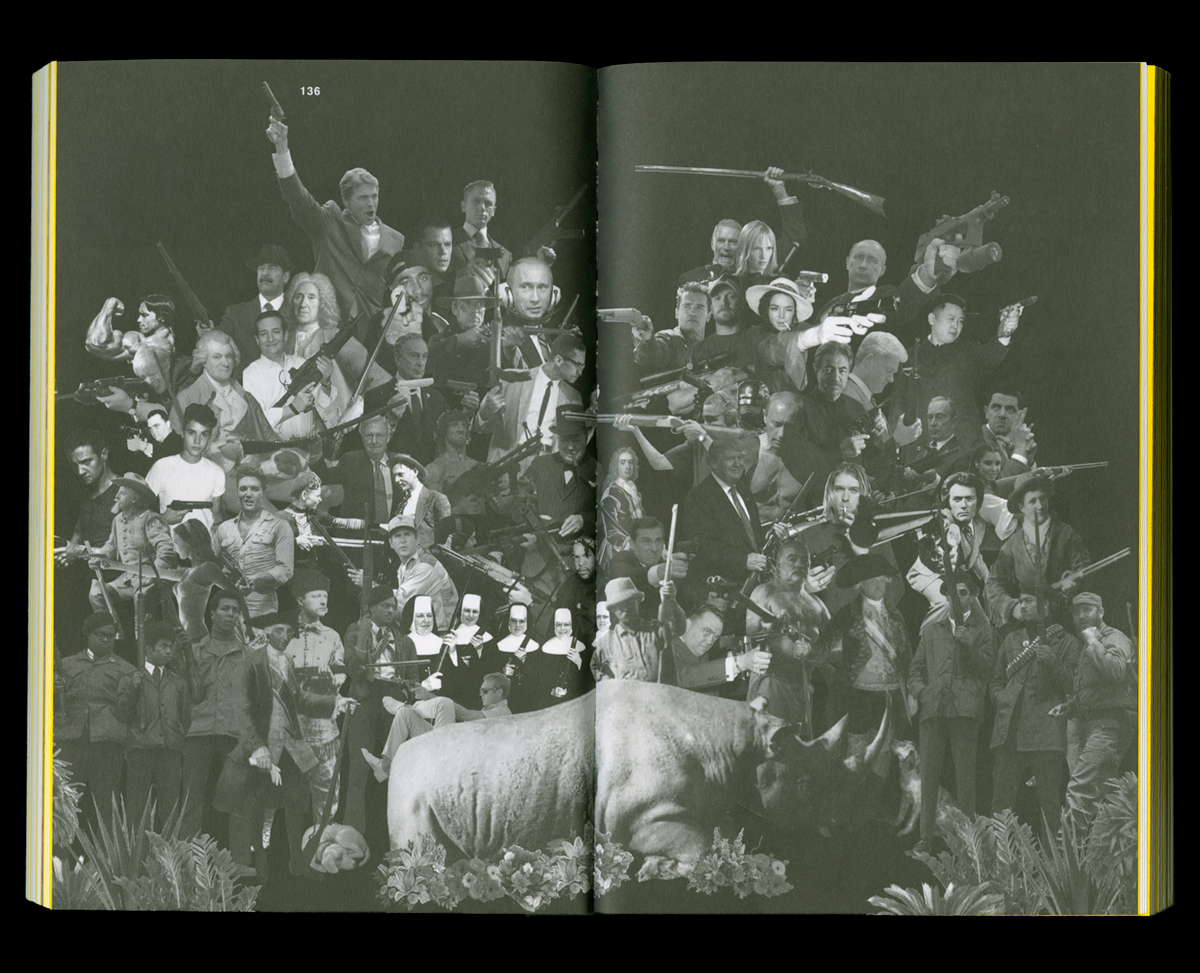
PlayLab first met Virgil Abloh in 2013 after he came across CLOG. A mutual friend at another firm made the introduction, and soon after, Abloh stopped by CLOG’s West Village office. He asked the team to collaborate on a book for Off-White, a project that would later become Figures of Speech.
“It was and continues to be the most inspiring thing that we’ve ever been able to be a part of,” said Franklin. “Being able to have a connection with someone like that, who was the ultimate collaborator.”
8. Figures Of Speech
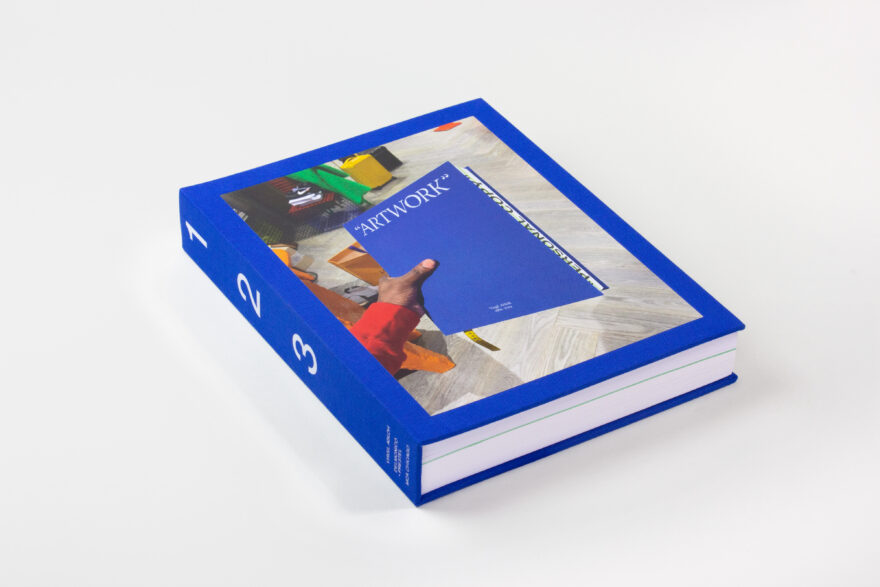
When Abloh first met Coates and Franklin in the lobby of a Los Angeles hotel, he handed them a single hard drive. Inside were ten years of his creative life—from sketches to WhatsApp messages, emails, invoices, playlists, selfies, and photoshoot mock-ups. The task was simple… sort of: sift through it all and find the pieces that told a story.
From that archive, PlayLab created the third section of the best-selling book Figures of Speech, a 500-page visual timeline tracing the evolution of Abloh’s work across art, fashion, and design.
9. Vans OTW Frieze
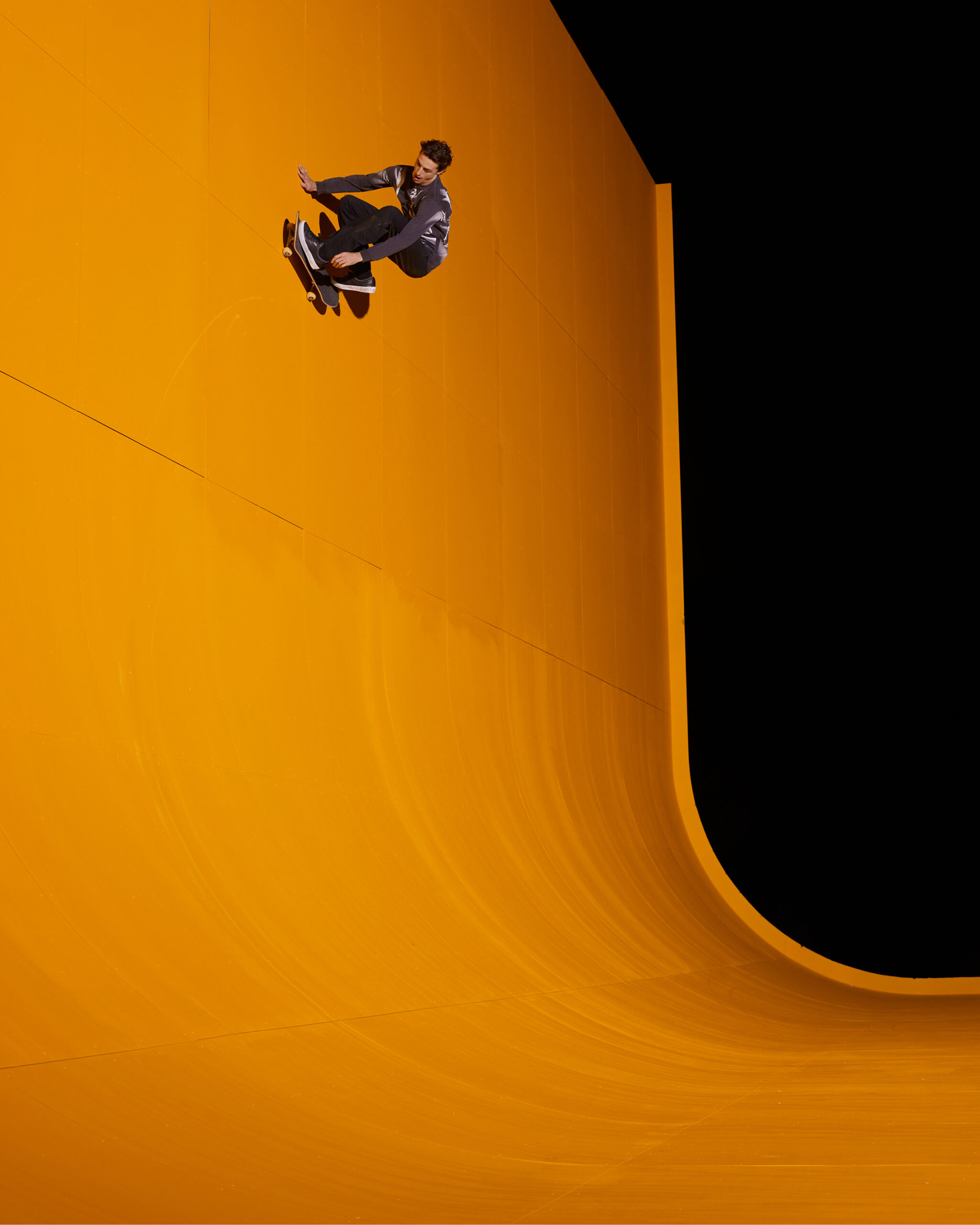
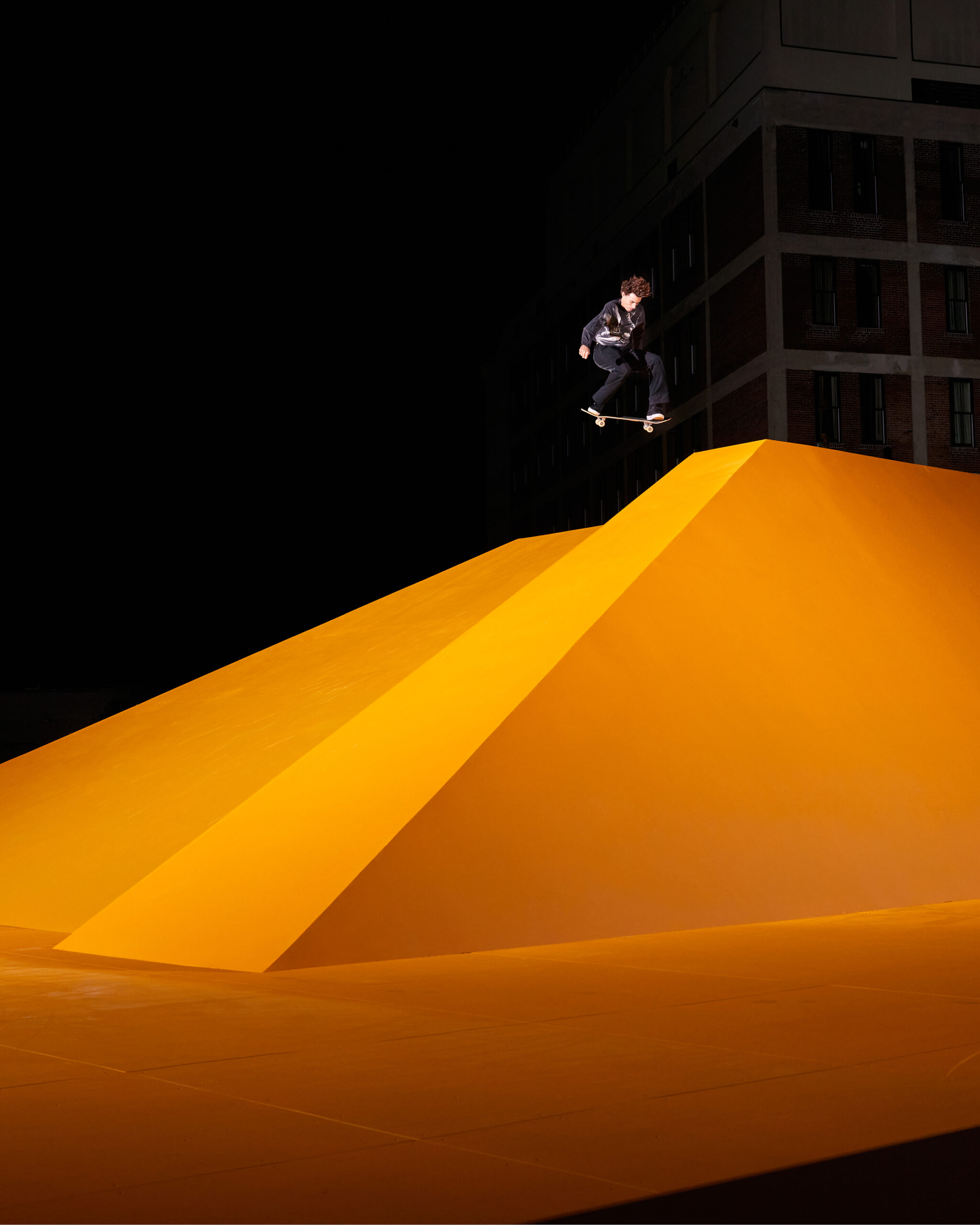
To kick off Frieze LA, OTW by Vans hosted a massive party downtown, partnering with Sterling Ruby’s S.R. STUDIO. LA. CA. to transform a warehouse space into a skate-meets-art spectacle. Candy-orange vert ramps centred the scene, inspired by classic San Francisco skate parks. Paris Texas and Salem performed live as skaters circled them mid-set, turning the show into a collision of music, movement, and sculpture.
10. Madhappy LA Flagship Store
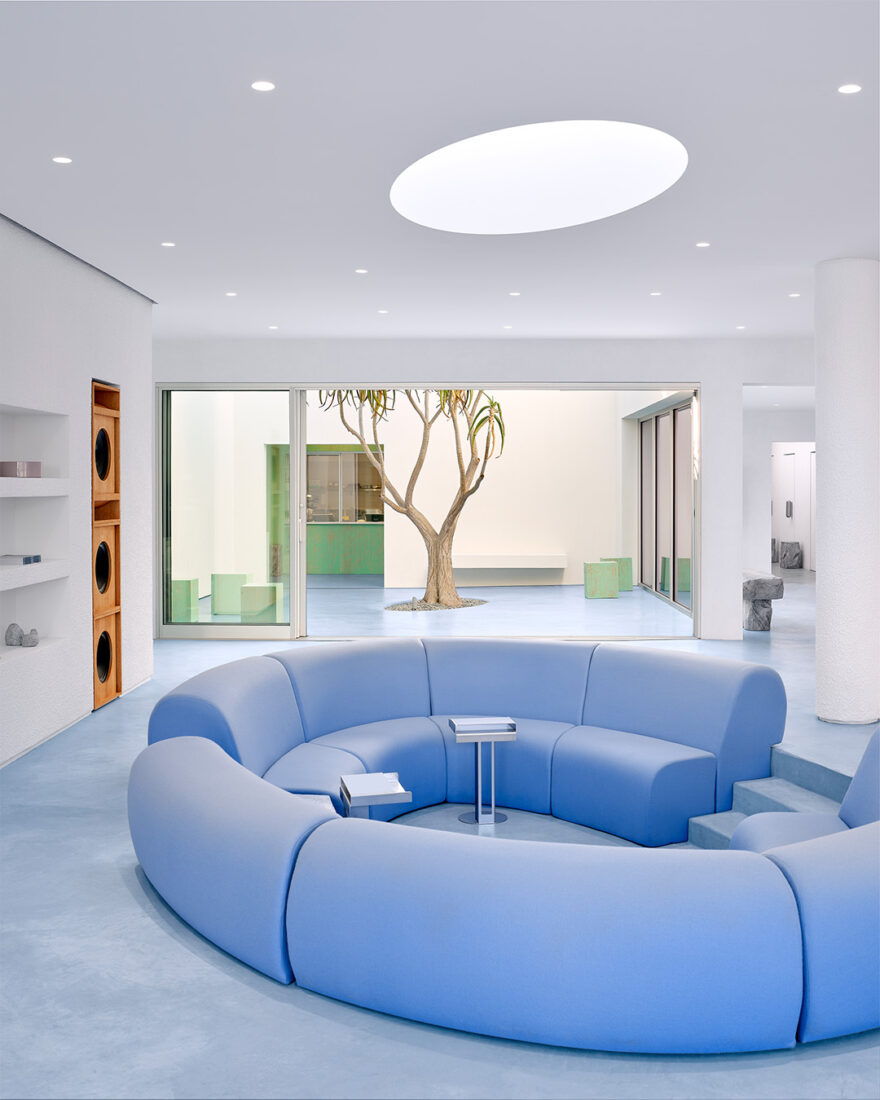
Madhappy x PlayLab are two peas in an electrocolour pod. Madhappy’s ethos, Clothing for optimists, encourages inclusivity and creative conversation—also the foundational strokes of any PlayLab project. “We first worked with them on defining what their retail language should be. What should the store do beyond just selling clothes? It became about being a place for the community,” said Coates.
The brand’s flagship store is split down the middle: half retail, half community hub, complete with a café and a sun-soaked courtyard. At its heart, a powder blue, 70s-style couch rests beneath a skylight, inviting visitors to hang out and stay a while. Limewashed white walls surround the space, while the courtyard unfolds in a delicious shade of popsicle green. “This kind of communication between different textures and materials and types of spaces creates a dialogue that’s happening not only between the people but the design aesthetics within it,” said Franklin.
11. Alessi’s Myth Makes Believe
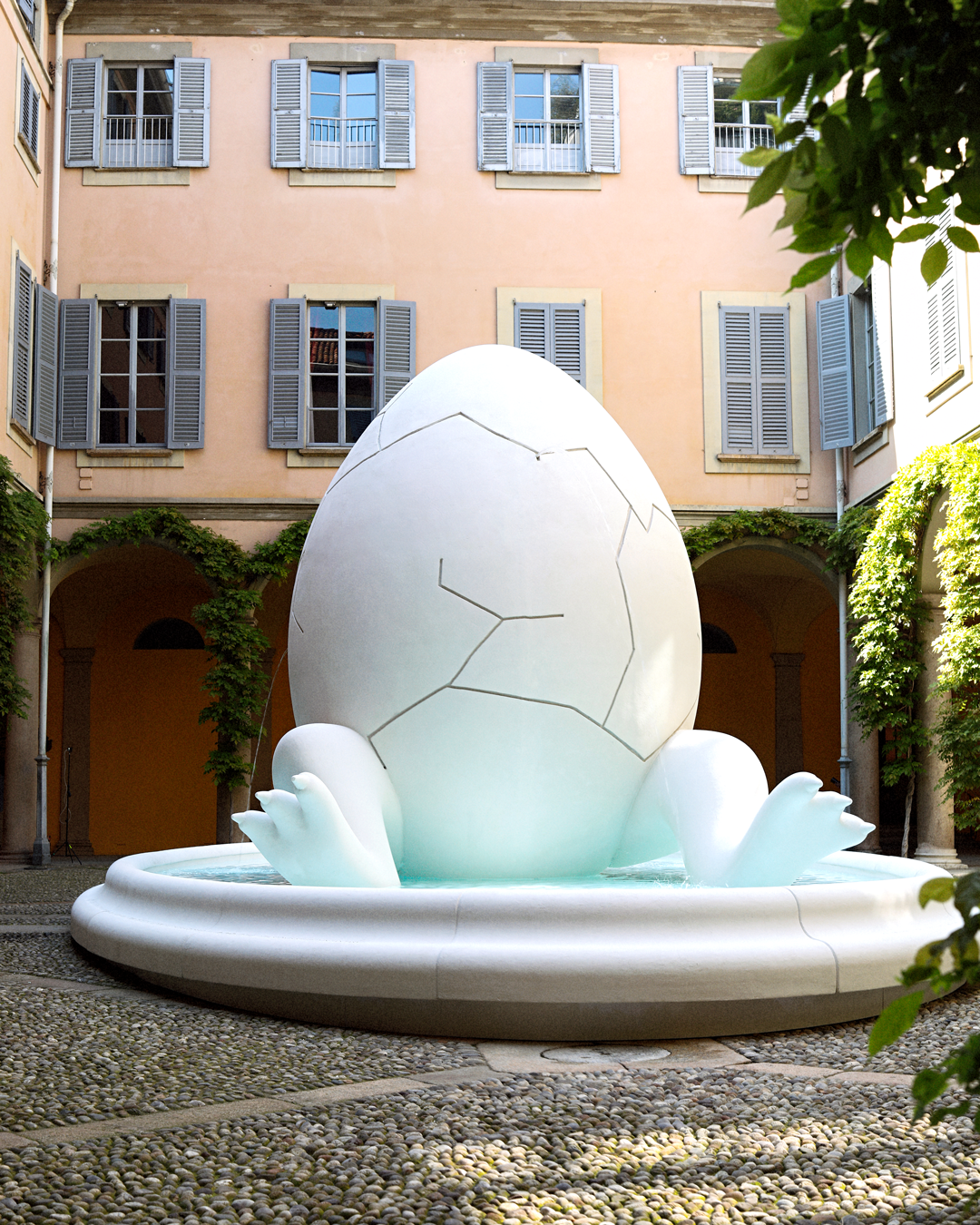
The Italian design company Alessi is committed to helping people experience poetry in their everyday lives. From espresso makers to cutlery, cocktail shakers to dog bowls, each of Alessi’s products is satisfyingly unexpected and infuses the home with otherworldliness.
For Milan Design Week 2024, PlayLab partnered with Alessi to create an installation inspired by a local myth of a dragon that once lived in Lake Orta. At the centre of the Palazzo Borromeo D’Adda, a sixteen-foot cartoonish egg teetered atop a fountain, cracked just enough to reveal massive claws and a curling tail. Alongside the fountain, four statues depict Alessi’s “mythical origin,” with stained glass stories spilling onto the floor when the light hits just right.
11. Teamwork Chair
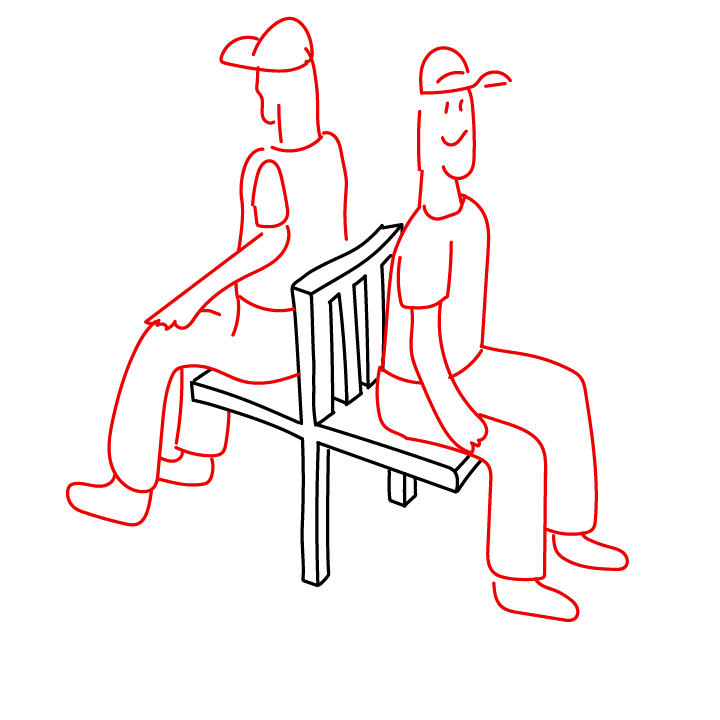
This two-legged chair is a narcissist’s undoing. Comfort can only be achieved through cooperation, as both sitters must work together to keep the seesaw steady. And like every PlayLab project, the unobtrusive design allows the mind to wander to its conceptual meaning. “How could a chair be like a studio? A studio that operates not as one mind, but a teamwork of minds?” asks Coates.
The team designed the chair for a furniture exhibition hosted by 909 Home, a studio known for collaborations with artists like Virgil Abloh, Max Lamb, and Family New York. It was the team’s first project in furniture design, and since then, they’ve developed several chairs, with more currently in progress. The team’s latest chair—Vanity, a wooden seat with a mirror that only displays one’s reflection if they sit backwards—is now available for purchase on their commerce site, PLEASE LOOK.
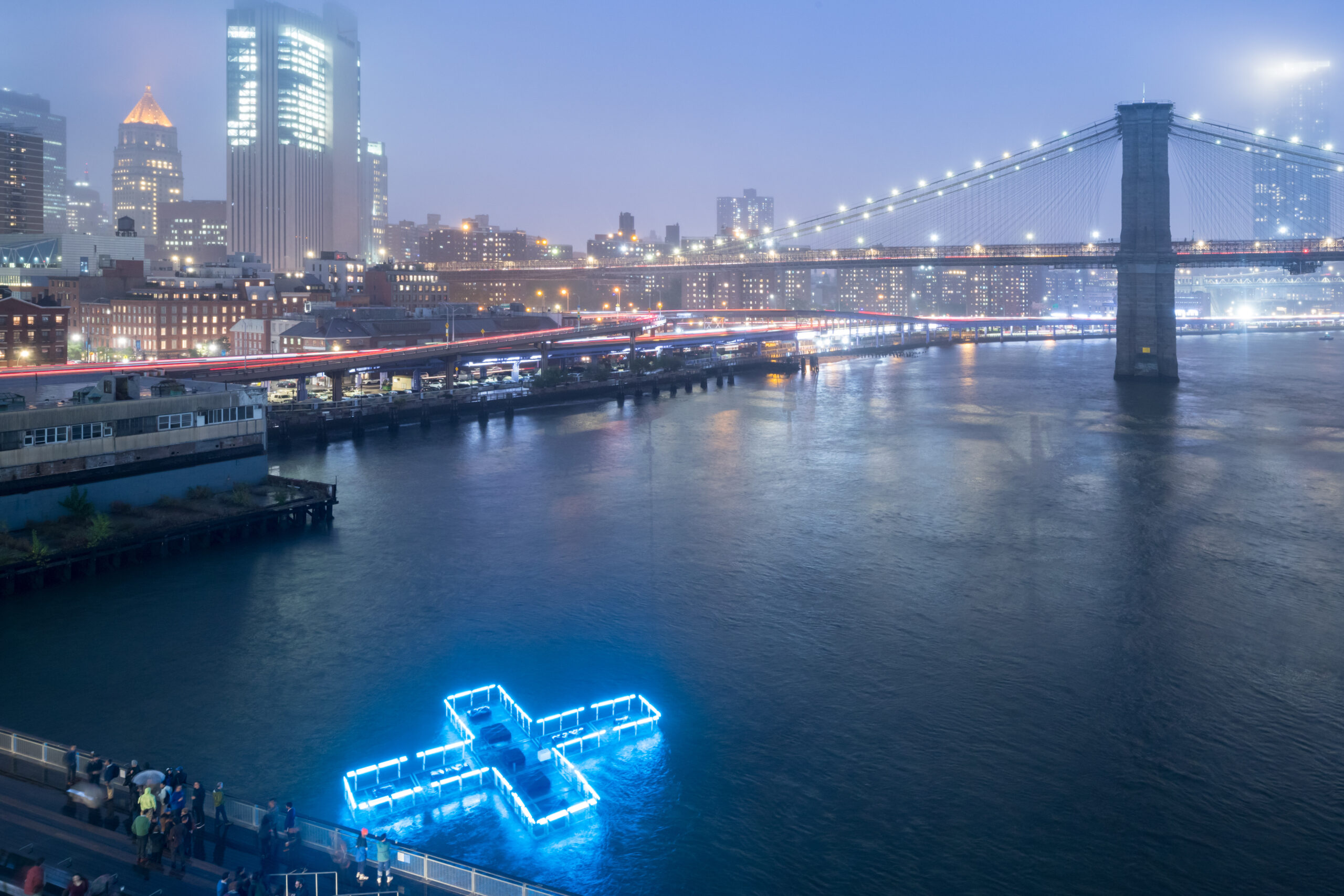
13. New York’s Plus Pool
Yes, PlayLab is the mastermind behind the giant pool floating near Pier 35 for the past six summers. But doesn’t that seem obvious at this point? The plus sign design is a symbol of positivity and the steps the city has taken to improve water quality since the Clean Water Act of 1972.
Written by Julia Shanker
